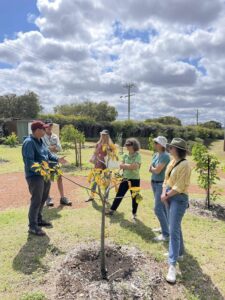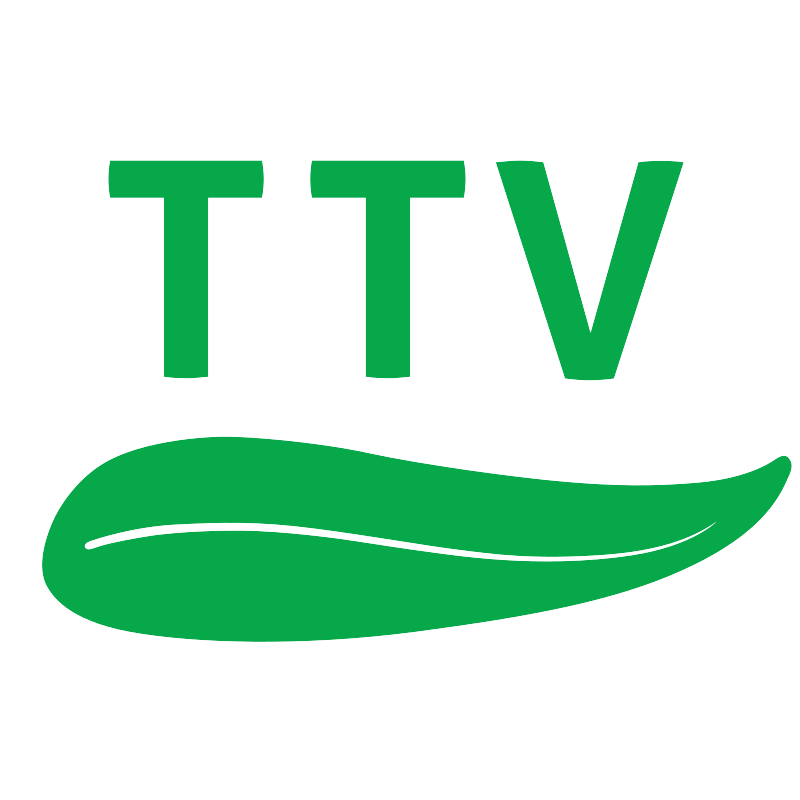My Healthy Soil Project
Vision
Transition Town Vincent’s (TTV) My Healthy Soils Project aims to empower local residents to transform their yards and courtyards to capture carbon into the soil to support plant growth to create a cooler, healthier and more sustainable environment.
We focus on supporting the addition of locally sourced organics (e.g. biochar, compost, worm castings/juice and microbes) to improve the carbon, nutrients and water holding capacity of your soil.
Click here to read the info sheet. Click here to find out more about soil organic carbon in the urban area. Also, read our My Healthy Soils Newsletter – May 2025.
Project News
Biochar for Beginners Workshop
We are delivering this 2 hour course on behalf of Transition Town Stirling in Doubleview on 8th June. For more information and to register go to this Humanitix page.
In the UWA Agriculture News
TTV’s Community Food Forest and surrounding circularity hub at Britannia Reserve is being recognised as a focus for innovation, especially in relation to urban soil, water and vegetation management and associated climate change adaptation. See the attached article in the UWA Institute of Agriculture news about our adaptation of the concept of biochar permeable reactive barriers, which we call biochar wells or trenches.
Workshop: Transform your yard or courtyard into a carbon sink
We hosted a very successful workshop: Transform your yard or courtyard into a carbon sink in Leederville on Sunday afternoon 16th March attended by around 35 residents. Click here to access the workshop proceedings including slides.
Get involved
There are a number of ways to be involved:
- Attend one of our events. These will include seminars and workshops on a variety of topics including:
- Healthy soils are living soils
- Biochar, char, char
- Composting
- Worm farming
- Microbes
- Join our steering group.
- Volunteer at the Potting Shed
- Volunteer at the Food Forest
Or get involved with the Black Cockatoo Pocket Forest project where we are increasing the sites carbon and biodiversity, above and below the ground.
We are also developing a range of information products including specific pages about:
- Soil carbon
- Living soils
- Biochar
You can check out our Facebook page (subject to approval to join) or our Youtube channel.
To get involved contact Ian Kininmonth E: ian.kininmonth@ttv.org.au
